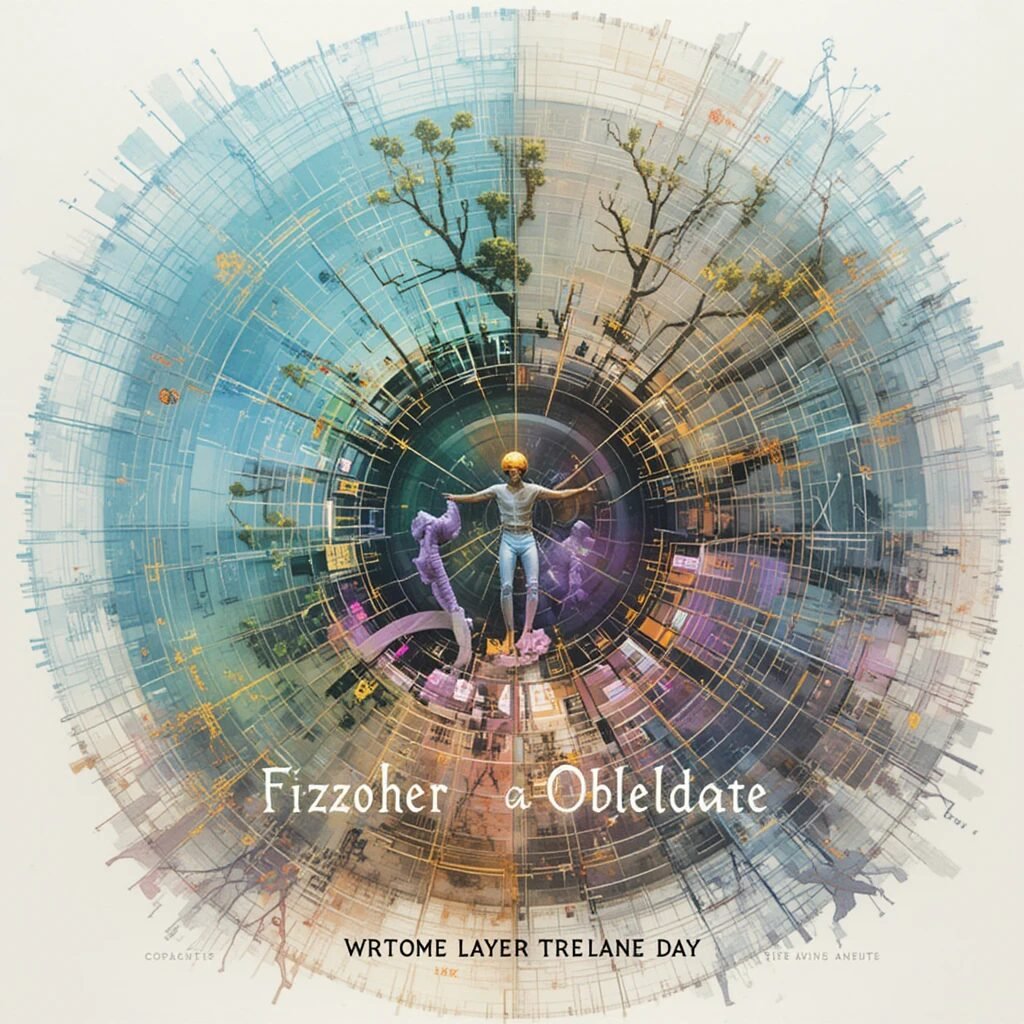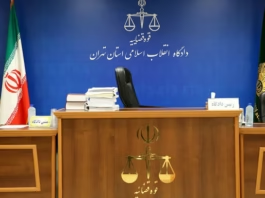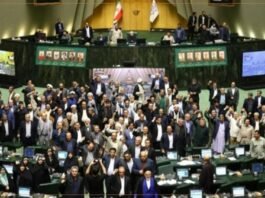The Historical Significance of Ozone Layer Protection
The protection of the ozone layer has its origins in the growing concerns about the detrimental effects of human-made chemicals on this essential part of the Earth’s atmosphere. In the late 20th century, scientists began to observe alarming changes in the ozone concentration, primarily due to chlorofluorocarbons (CFCs) and other ozone-depleting substances (ODS). This scientific evidence acted as the catalyst for the establishment of a global initiative aimed at preserving the ozone layer.
In 1985, the Vienna Convention for the Protection of the Ozone Layer laid the groundwork for international collaboration. It was developed to provide a framework for discussions and action among countries regarding the protection of this vital atmospheric layer. The Convention encouraged nations to commit to minimizing ozone depletion while advancing scientific research regarding the effects of various substances on the ozone. This multi-lateral agreement marked a significant milestone in environmental diplomacy, fostering a sense of shared responsibility among nations.
The ultimate milestone in this initiative came in 1987 with the adoption of the Montreal Protocol on Substances that Deplete the Ozone Layer. This landmark agreement set out specific timelines for the phasing out of CFCs and other harmful substances. The Protocol was remarkable not only for its ambitious goals but also for the spirit of international cooperation it embodied, illustrating that a collective approach could yield effective solutions to a global crisis. Over the years, this framework has been amended to ensure the continued protection of the ozone layer.
Through the establishment of these agreements, governments, scientific communities, and civil society have united in addressing a formidable environmental challenge. The success of the Montreal Protocol has become a beacon of hope, showcasing how unity and scientific evidence can steer policy to create substantial positive change in the environment.
Current State of the Ozone Layer: Progress and Hope
The ozone layer, a critical component of Earth’s atmosphere, has shown significant signs of recovery, largely owing to the global commitment demonstrated through initiatives like the Montreal Protocol. This historic agreement, enacted in 1987, aimed to phase out the production and consumption of ozone-depleting substances (ODS), such as chlorofluorocarbons (CFCs). Recent studies indicate that the ozone layer is on track to heal completely by the middle of the 21st century, which is a testament to the efficacy of international cooperation.
Data from the United Nations Environment Programme (UNEP) highlights that the concentration of many harmful chemicals in the stratosphere has decreased substantially. For instance, scientists reported that levels of CFC-12, known for its significant ozone-depleting potential, have fallen by more than 50% since the peak concentrations in the late 1980s. This decline has resulted in the beginning phases of ozone recovery, particularly over Antarctica, where the ozone hole has diminished in size and depth.
Importantly, these findings signify a hopeful trajectory for the ozone layer, yet they also serve as a reminder of the ongoing need for vigilance and collaboration. As we have seen, the collective action taken by nations has led to promising progress, but this achievement can only be sustained through continued adherence to agreements and ongoing scientific research. Strategies to monitor the ozone layer must also be maintained, as the effects of climate change and potential new ODS pose ongoing threats.
Furthermore, the success in healing the ozone layer exemplifies the power of scientific awareness and proactive measures. It underlines how when communities and governments unite in addressing environmental challenges, significant advancements can be achieved. Thus, it is essential for stakeholders at all levels to remain committed to protecting our planet’s ozone layer for future generations.
Urgent Calls to Action: Addressing Climate Change and HFCs
The current climate crisis presents an urgent challenge that demands immediate global attention. Scientific predictions indicate that if no significant action is taken, global temperatures could rise by as much as 1.5 degrees Celsius by the year 2030. This alarming forecast highlights the necessity for swift and effective measures to mitigate the impacts of climate change. Among the contributors to this growing issue are hydrofluorocarbons (HFCs), potent greenhouse gases commonly used in refrigeration, air conditioning, and aerosol propellants. These substances have a significant global warming potential, making their management crucial in addressing climate change.
The Kigali Amendment to the Montreal Protocol stands as a landmark agreement that aims to phase down the use of HFCs. This pivotal amendment emphasizes the commitment of participating nations to curb their consumption and production of these harmful gases, which can contribute to global warming. By committing to a phasedown schedule, countries can collectively work toward reducing HFC emissions by more than 80 percent over the next three decades. Such a concerted effort not only reflects global unity in combating climate change but also has the potential to avert the rise of global temperatures by approximately 0.5 degrees Celsius by the end of the century.
To maximize the effectiveness of the Kigali Amendment, it is essential for governments to incorporate these phasing-down commitments into their national climate plans. Policymakers should adopt innovative solutions and technologies that facilitate the transition away from HFCs and aim for clean energy alternatives. Furthermore, increased investment in research and development of low-GWP (Global Warming Potential) substances can prove beneficial. This strategy will not only help in achieving significant climate targets but also promote sustainable practices and economic growth, ultimately contributing to a healthier planet for all.
Every Action Counts: The Role of Individuals and Communities
The protection of the ozone layer is an endeavor that transcends nations and policies, reaching into the heart of individual communities. Each person carries the responsibility to contribute towards safeguarding this vital atmospheric shield. While large-scale initiatives generate headlines, it is often the cumulative effect of small actions taken by individuals that yields substantial results. Understanding this is crucial in the fight against ozone depletion and climate change.
Individuals can begin by embracing sustainable practices in their daily lives. This encompasses a variety of simple yet impactful choices, such as reducing energy consumption by utilizing energy-efficient appliances and turning off lights when not in use. Additionally, opting for public transportation, carpooling, or cycling not only lessens carbon emissions but also minimizes one’s personal ecological footprint. By making these conscious choices, community members send a collective message about the importance of environmental stewardship.
Communities can further amplify their impact by organizing local initiatives aimed at both educating and empowering residents. Community gardens, for instance, not only promote biodiversity but also foster an appreciation for sustainable agriculture. Organizing clean-up drives in local parks or beaches encourages participation while illustrating the direct effects of pollution on both local ecosystems and the ozone layer. These activities not only enhance local environments but also strengthen community bonds.
Moreover, supporting legislation that aligns with global environmental goals can significantly influence decision-makers. Individuals should remain informed about policies that affect the ozone layer and advocate for strong protections. Joining or supporting organizations dedicated to environmental conservation can also bolster these efforts. In conclusion, by recognizing that every action counts, individuals and communities can play a pivotal role in the collective mission to protect the ozone layer and combat climate change. Together, even the smallest contributions can create a ripple effect that leads to monumental change.




